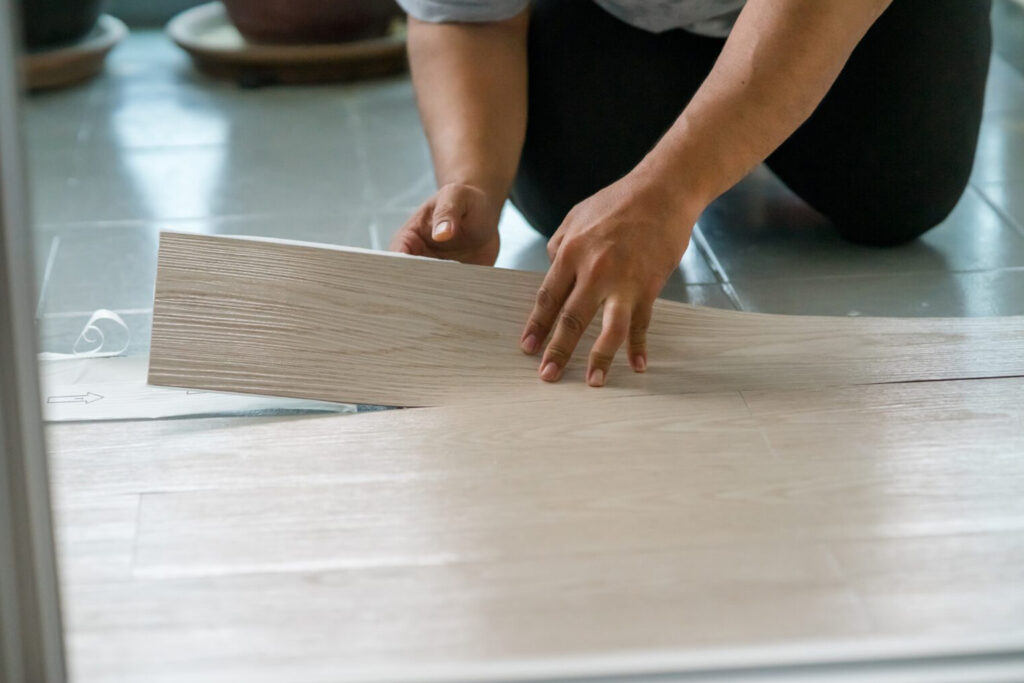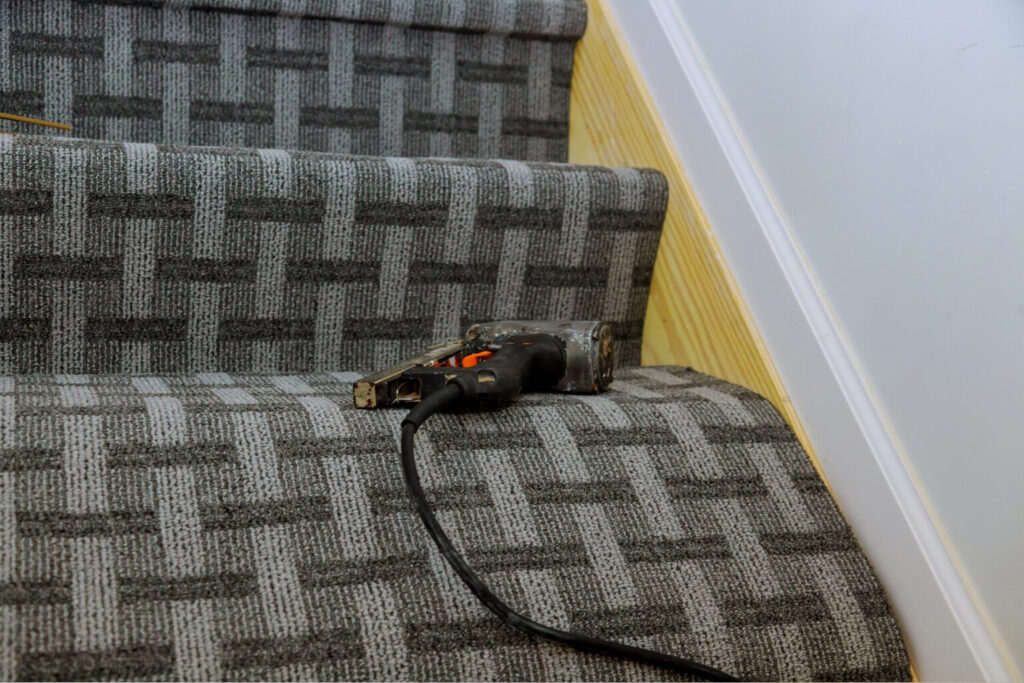NEW CARPET AND TILE FLOORING
Pro Solutions Home Services is able to help you decide what flooring is best for you, order it, install it and watch you love it! 623-229-4389


Installing new flooring is a common home improvement project that can dramatically transform the look and feel of your living space. There are various flooring options available, each with its unique characteristics, advantages, and installation processes. Here’s an overview of the key considerations when planning for new flooring:
1. Flooring Material:
- The choice of flooring material is a critical decision. Common options include:
- Hardwood: Known for its durability and timeless appeal, hardwood floors come in various wood species and finishes.
- Laminate: An affordable and versatile option that mimics the look of hardwood, tile, or stone.
- Vinyl: Durable and water-resistant, vinyl flooring is available in sheets, tiles, or planks, offering various design possibilities.
- Tile: Ceramic, porcelain, or natural stone tiles provide a wide range of styles and are suitable for bathrooms, kitchens, and other high-moisture areas.
- Carpet: Soft and comfortable underfoot, carpeting comes in a variety of colors, textures, and patterns.
- Engineered Wood: A composite wood product with a real wood veneer, engineered wood is suitable for areas with fluctuating humidity levels.
- Bamboo: A sustainable and eco-friendly flooring choice known for its durability and unique appearance.
2. Budget:
- Your budget will influence the type of flooring material you choose. Some materials, like hardwood and natural stone, tend to be more expensive, while laminate and vinyl can be budget-friendly alternatives that still offer aesthetic appeal and durability.
3. Location and Use:
- Consider the specific room or area where the new flooring will be installed. High-traffic areas, kitchens, bathrooms, and basements have different flooring requirements in terms of durability and resistance to moisture and stains.
4. Maintenance Requirements:
- Different flooring materials have varying maintenance needs. Some are low-maintenance, requiring simple cleaning, while others may need periodic sealing, refinishing, or special care.
5. Installation Method:
- The installation method depends on the flooring material. For example, hardwood floors are often nailed down, while laminate and vinyl may use a floating or adhesive installation. Tile requires mortar and grout for installation.
6. Subfloor Condition:
- The condition of the subfloor, whether it’s concrete, plywood, or another material, is essential. It must be level, clean, and in good repair to ensure a smooth and stable foundation for the new flooring.
7. Moisture and Humidity:
- Moisture levels in the environment can affect certain flooring types. For example, hardwood can expand and contract with changes in humidity. Ensure your choice of flooring is suitable for the moisture conditions in the installation area.
8. Professional Installation:
- While some homeowners opt for DIY installation, professional installation is often recommended, especially for more complex materials like hardwood, tile, or carpet. Professional installers have the expertise and tools to ensure a proper and long-lasting installation.
9. Warranty and Durability:
- Consider the manufacturer’s warranty and the expected lifespan of the flooring material. This can help you assess the long-term value of your investment.
10. Aesthetics and Style: – Flooring significantly contributes to the overall aesthetic of a room. Choose a flooring style and color that complements your interior design and personal taste.
Whether you’re replacing existing flooring or installing new flooring in a home renovation or construction project, careful consideration of these factors will help you select the best flooring material and ensure a successful and aesthetically pleasing installation.
Back to HOME
